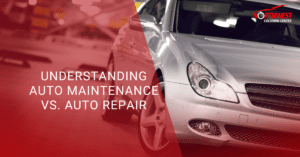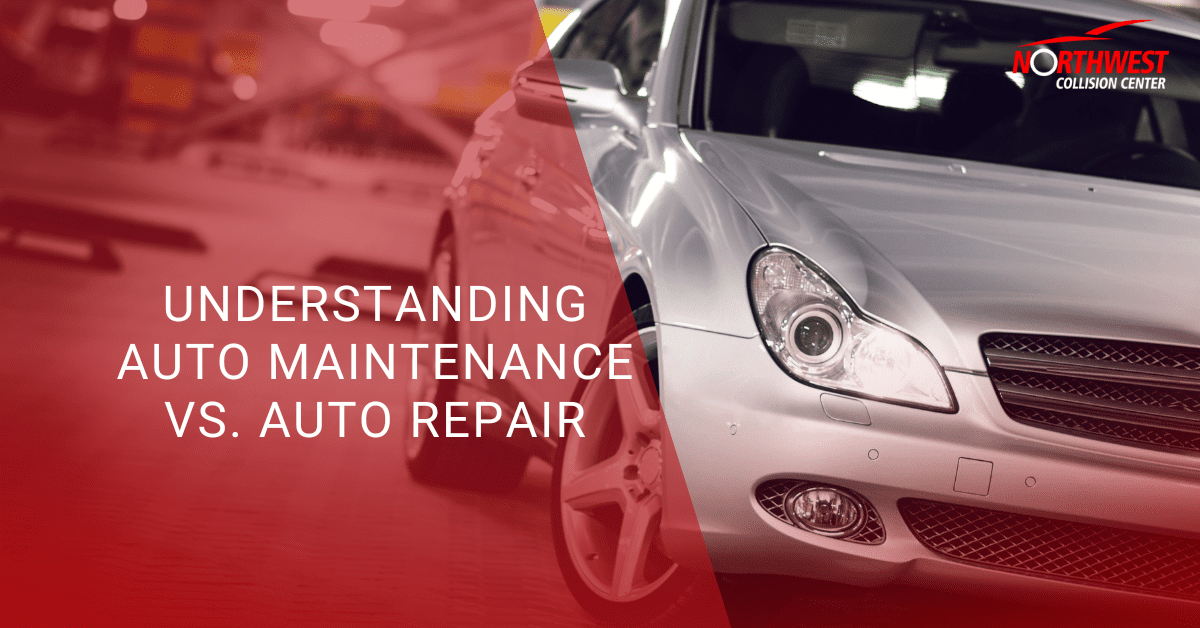Summer is here! Is your road trip checklist ready?
Families and friends usually go to different places during the summer season and have grand vacations. There are different means of traveling within the country to reach their destination. If you’re planning to enjoy your summer within the state, you can easily take public transportation. For interstate vacation, you have an option to travel by air or by land using your car.
When you travel, you want to reach your destination in one piece and at peace. If you choose to drive on your vacation, there are road trip essentials that you have to prepare. It ensures that you will have a smooth time traveling and avoid encountering any problems while being on the road for hours. Also, the tips will help you and your passengers feel more relaxed and comfortable even if you are cramped inside the car.
5 Road Trip Essentials for Your Car
If you travel by land for an interstate vacation, you must subject your car to servicing. It is a series of vehicle inspections and maintenance practices to ensure that your car is ready for days of driving to different cities and states.
Here are some tips for long road trips you can follow to make traveling hassle-free:
1. Check your tires’ condition.
The first and most crucial long drive preparation tip is to check your car’s tires. They are the only parts of your vehicle that touches the road. Therefore, you must take extra care of your tires to ensure they are properly inflated, have tread wear, and are precisely the manufacturer’s type and size.
Here are some key considerations when it comes to tire maintenance:
Tire pressure – A small label is attached to the inside door jamb. It lists the specific tire pressure that a vehicle requires. You should check the tires before hitting the road when you see a reminder that says “cold temperature,” A good rule of thumb is to inspect them once every 1000 miles when driving for long periods.
Rotation – Vehicles are available in many configurations, including front-wheel, rear-wheel, and all-wheel drives. They wear tires faster than those with non-drive-wheel tires, especially where spin and hard cornering are typical. The owner’s manual will show you the correct rotation pattern.
Condition – Bulges, gouges, and any other visible damage to the tire should be checked by a professional to verify that it is not compromised. Even a little impact from a curb or pothole can damage a tire. Uneven tread wear or unusual wear patterns on other tire areas are signs that it is time for a checkup.
2. Check the fluids.
Another road trip essential is maintaining the vehicle’s fluids to ensure a smooth summer vacation. Modern vehicles use a range of liquid materials essential to the operation of their engines. Here are some of them:
Transmission fluid – Many new vehicles have sealed transmissions that make it difficult to check or top off the fluid. However, it is crucial to understand how transmission fluid (or oil) plays in the vehicle’s operation. Special equipment is required to replace it.
Old fluid can build up dirt and debris, dramatically decreasing your transmission’s performance. It can also indicate severe wear to the internal components when you burn the oil. For vehicles with traditional dipsticks, a good rule of thumb is to inspect the fluid frequently and change it according to your owner’s manual instructions.
Power steering fluid – While electric and electrically-assisted power steering systems have become more common these days. The fluid used in power steering systems can get contaminated over time. It can affect performance, cause leaks, or damage system components.
Brake fluid – Braking systems use fluids to create hydraulic pressure that forces the calipers and clamp the brake pad onto the rotors. The pedal may feel soft or spongy if air has accumulated in its lines. When this happens, it can lead to the need to get them serviced.
3. Clean the car’s interior components.
For long drive preparation, it is vital that you also clean the car’s interior components.
You can start by picking up all the trash you can find inside the cup holders and the glove compartment. The next step is to remove the seat covers and vacuum the seats and floor to remove any debris.
Cleaning your car’s interior is one of the best tips for long road trips because it is easy to follow, especially with suitable cleaning materials. Also, a tidy vehicle makes traveling more bearable when you have to be outside for hours.
4. Update your toolbox.
As a car owner, the tools must be part of your road trip checklist.
If you have these things you need for a road trip, you should know how to use each tool to ensure your safety. Also, inspect each one if they are still working perfectly, and none is at a breaking point or severely rusting. When you notice damage, replace that tool with a new one. It will come in handy when you encounter a minor mishap on the road with no cellular reception.
5. Bring it for routine maintenance.
If you have no idea where to start or how to prepare for a road trip, it is best that you take your car to professionals for routine maintenance. Mechanics must see the state of your vehicle before you go on a long drive for a vacation to ensure your safety.
Here are some of the long drive preparations that go during routine maintenance at auto body shops:
- Air filters – There are two types of air filters you can find in most vehicles. The one in the engine cleans the air coming into it, and the cabin filters what goes through the passengers’ area. It would help to replace them regularly to provide you with appropriate protection from bacteria in the environment. A good rule of thumb is to change the engine air filter every 10,000-15,000 miles.
- Hoses and Belts – Most manufacturers now use a single serpentine belt to drive their alternator, air conditioner compressor, water pump, and other accessories, with some exceptions. However, belts do wear. A quick visual inspection will show any cracks or fraying. You can also inspect the hoses for cracks or leakage at junction points.
- Lighting – While the vehicle’s headlights provide the most prominent light source, many bulbs within the cabin might need to get checked and replaced. It is frustrating to use an interior lamp after dark only to discover that it has failed. They are usually easy to replace, and most auto parts shops carry many replacements.
Bring Your Car to Us for Pre-Road Trip Detail Services
For long drive preparation, choose the most reliable auto body shop in St Petersburg, FL, the Northwest Collision Center!
Bring your car to our center a few days before leaving for pre-road trip detail services. We have a team of licensed mechanics and technicians at the shop that delivers excellent maintenance services specifically for long drive purposes. They are to ensure your safety and avoid any vehicular problems while driving.
Call us to know more about our services!










